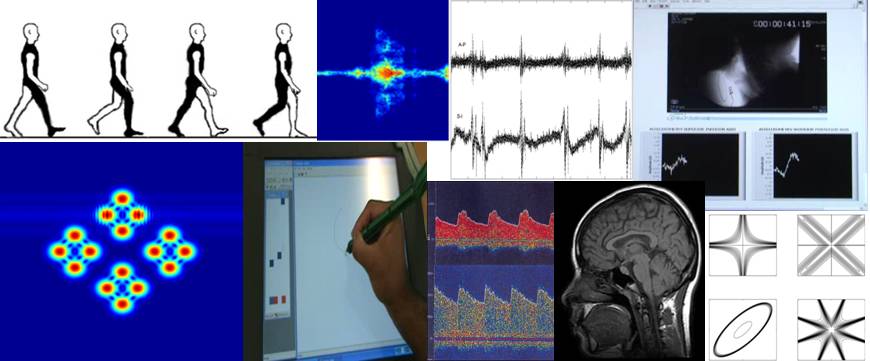A comprehensive assessment of gait accelerometry signals in time, frequency and time-frequency domains
July 6, 2013
Gait accelerometry is a promising tool to assess human walking and reveal deteriorating gait characteristics in patients and can be a rich source of clinically relevant information about functional declines in older adults. Therefore, in this paper, we propose a comprehensive set of signal features that may be used to extract clinically valuable information from gait accelerometry signals. To achieve our goal, we collected tri-axial gait accelerometry signals from 35 adults 65 years of age and older. Fourteen subjects were healthy controls, ten participants were diagnosed with Parkinson's disease and eleven participants were diagnosed with peripheral neuropathy. The data were collected while the participants walked on a treadmill at a preferred walking speed. Accelerometer signal features in time, frequency and time-frequency domains were extracted. The results of our analysis showed that some of the extracted features were able to differentiate between healthy and clinical populations. Signal features in all three domains were able to emphasize variability among different groups, and also revealed valuable information about variability of the signals between anterior-posterior, mediolateral and vertical directions within subjects. The current results imply that the proposed signal features can be valuable tools for the analysis of gait accelerometry data and should be utilized in future studies.
This material is presented to ensure timely dissemination of scholarly and technical work. Copyright and all rights therein are retained by authors or by other copyright holders. All persons copying this information are expected to adhere to the terms and constraints invoked by each author’s copyright. In most cases, these works may not be reposted without the explicit permission of the copyright holder.



